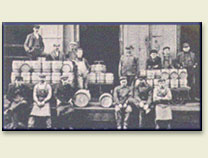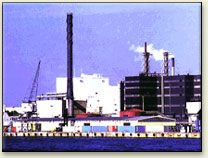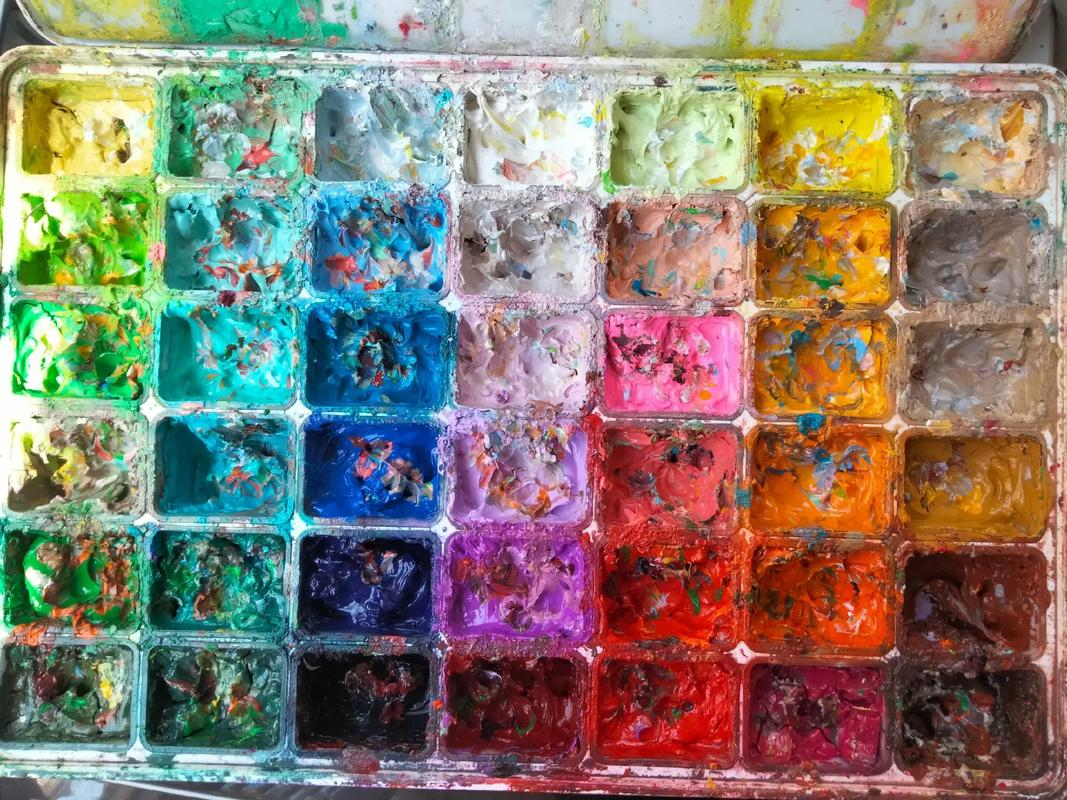Titanium Dioxide Whites
History of Titanium Dioxide Whites:
In oil, it dries to a spongy film that is quite unsuitable for artistic purposes. For this reason, titanium dioxide is always blended with one or more of the other white pigments, or an inert pigment to make a suitable artists oil color. Since titanium dioxide, by itself, dries to a spongy film and zinc oxide dries to a brittle film, the two are combined in a balanced blend for better quality, professional grade titanium whites. In some brands, where zinc oxide predominates in the mixture , the color is called titanium-zinc white. Cheaper brands of budget grade paint are known to use a mixture of titanium dioxide with Barytes or other inert pigments. Use of these types of whites is really a false economy because they lack both the brilliance and tinting strength of professional grade color.

In 1916, the Titanium Pigment Corporation of Niagara Falls, New York and the Titan Co. AS, of Norway simultaneously began commercial production of this new white pigment. Then, the principal white pigments used in paints were white lead, zinc white and lithopone.

These are workers at the Titan Company, early 20th century.

Today, titanium dioxide is the world's primary pigment for providing whiteness, brightness and opacity. This factory in Fredrikstad, Norway belongs to the Kronos company.













